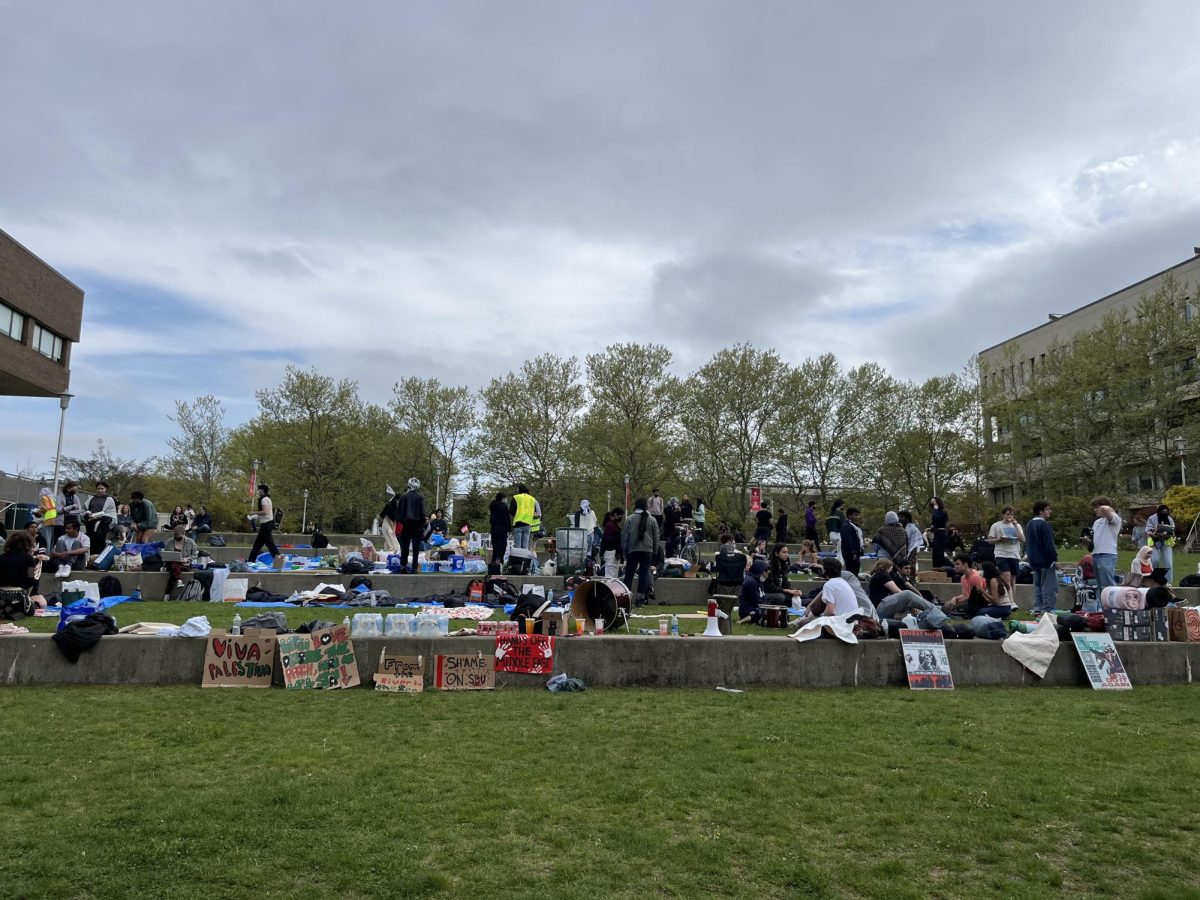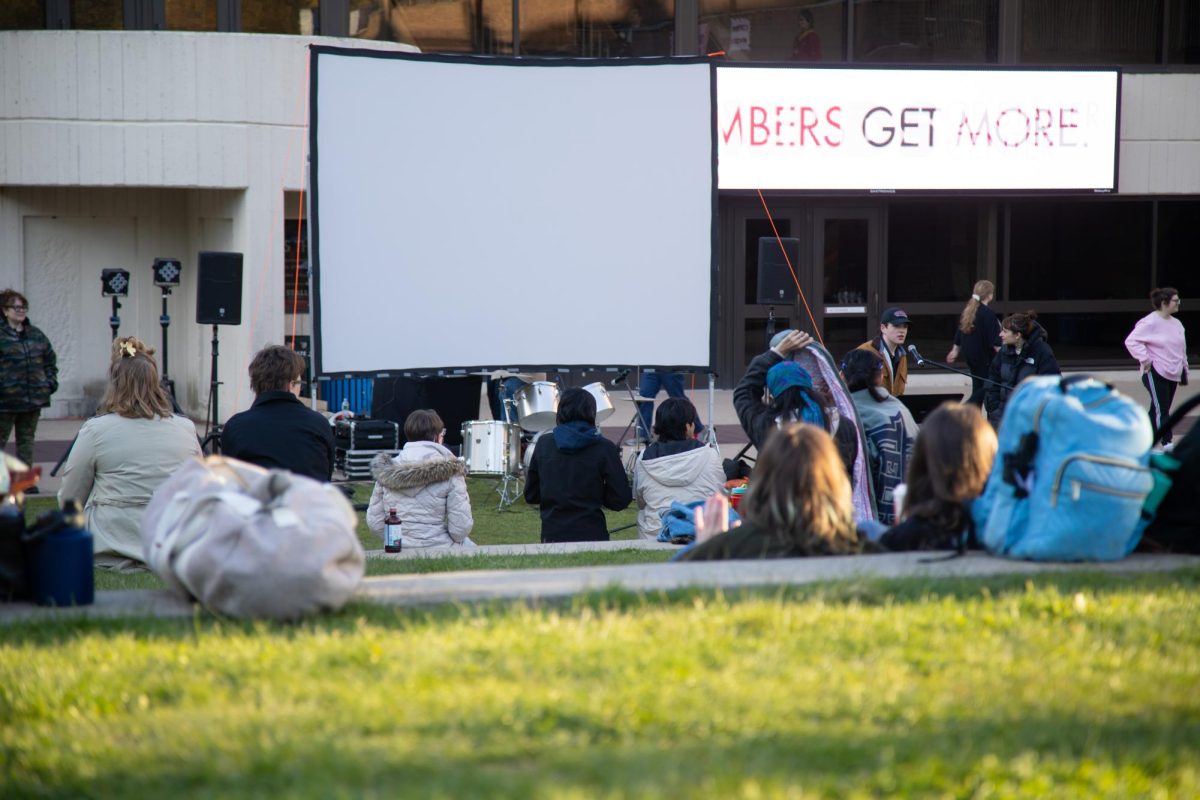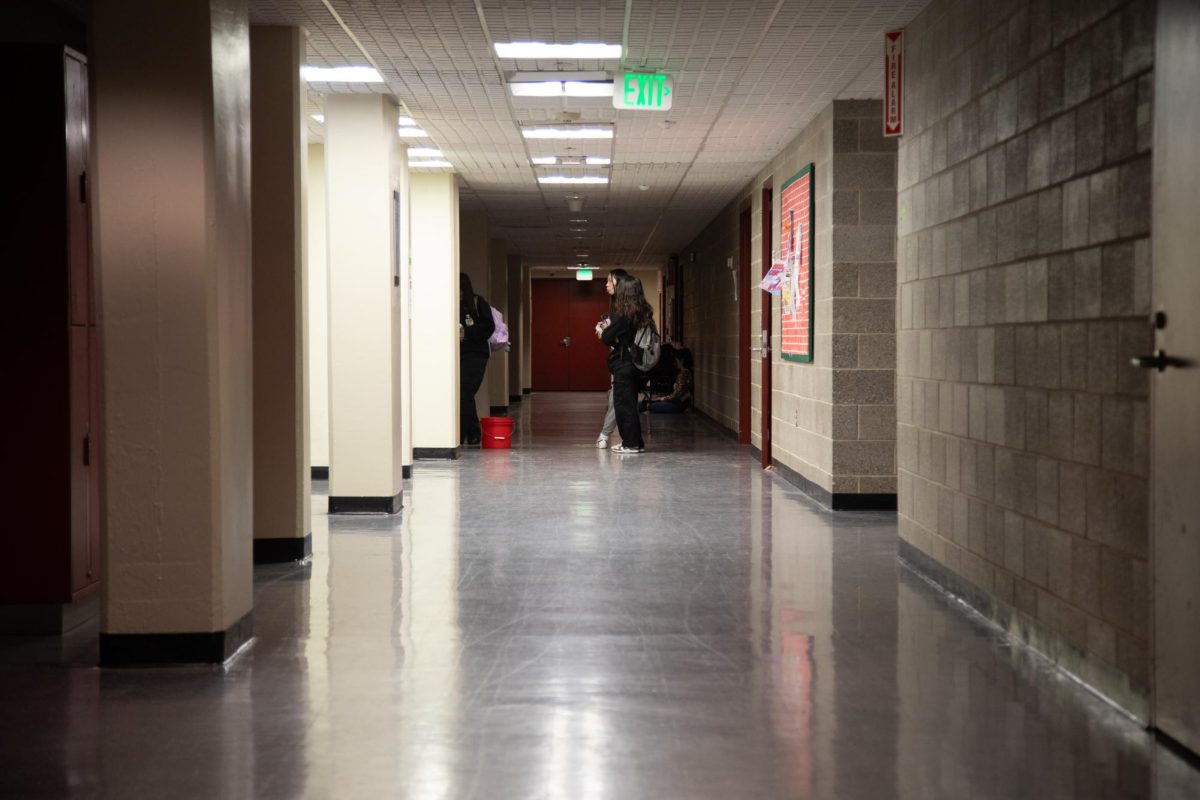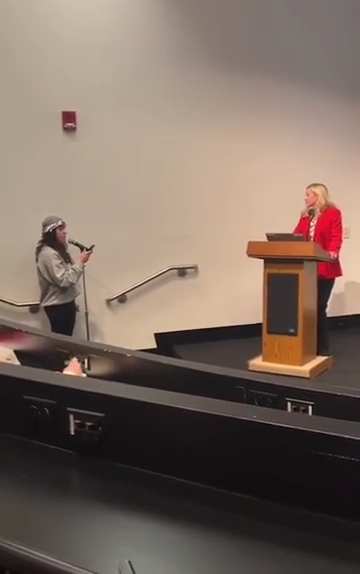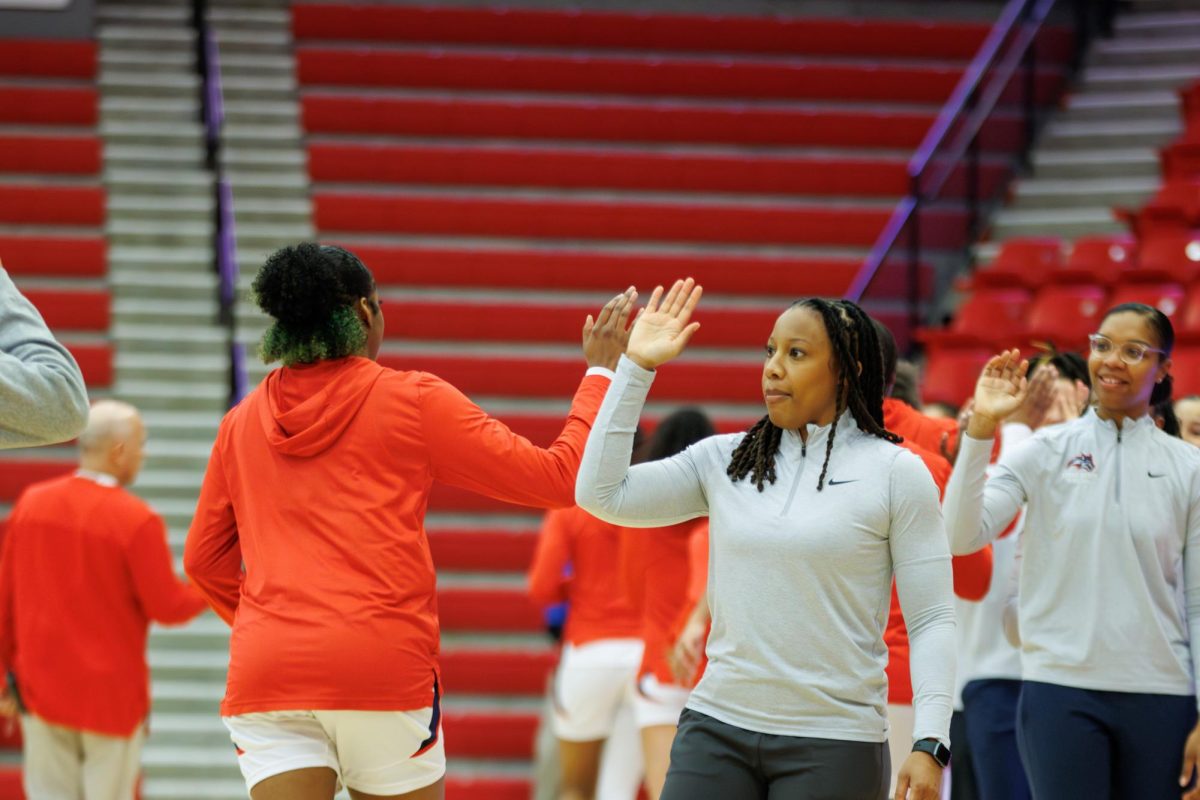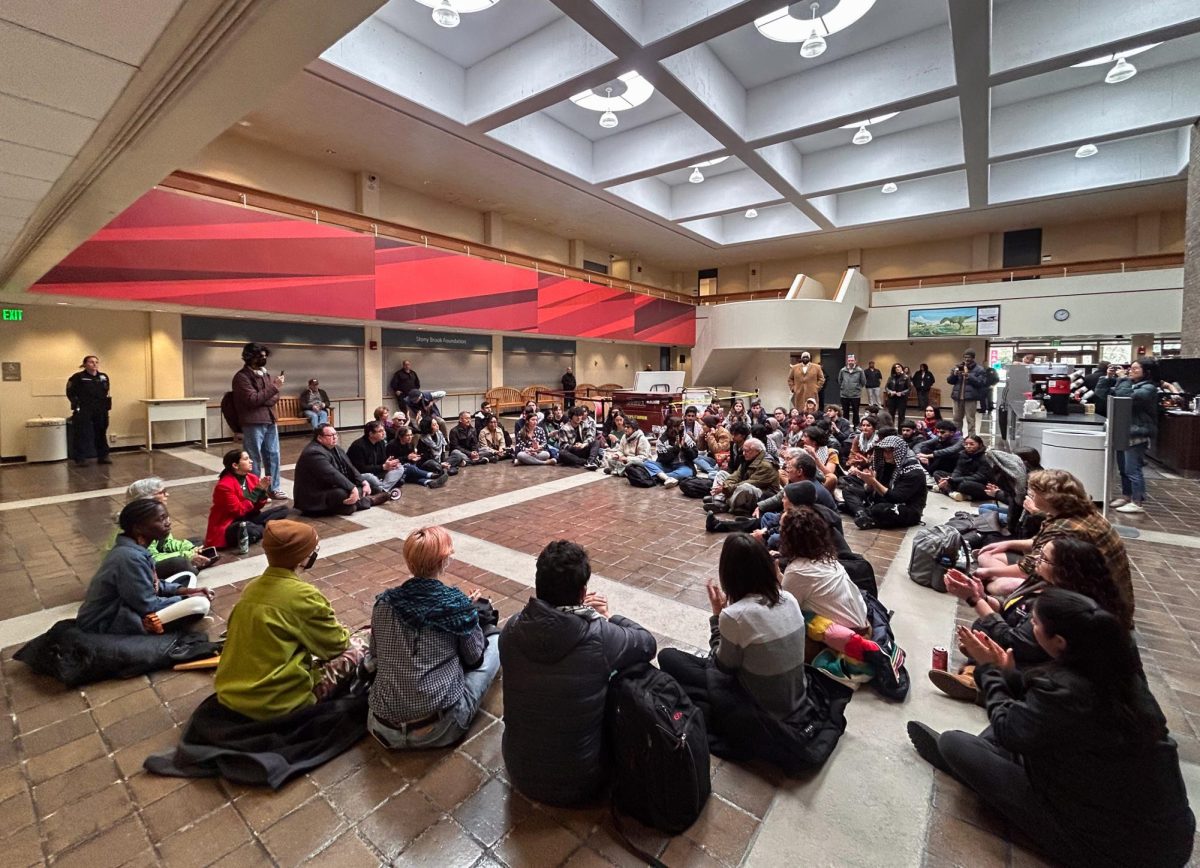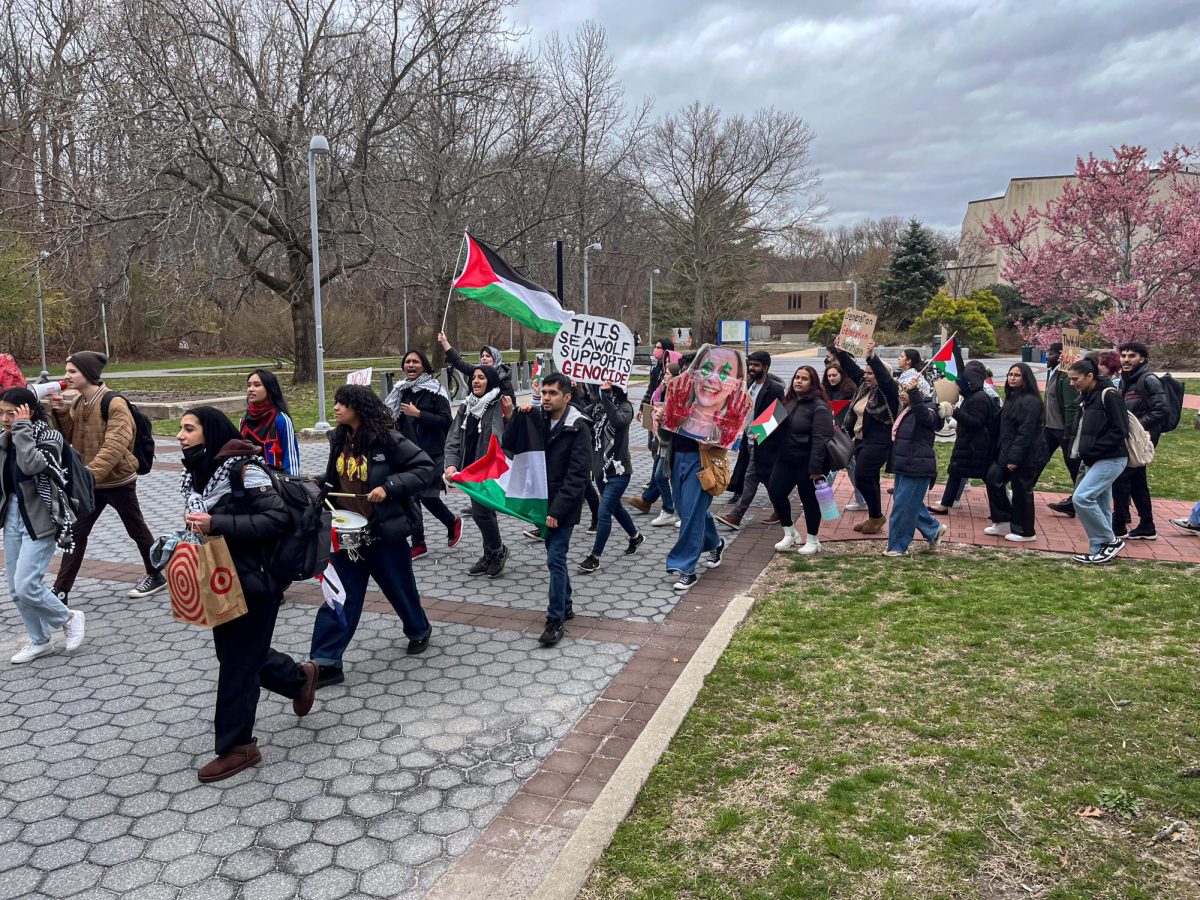
Gone are the days when Stony Brook University had Marijuana Festivals. According to a previous article published by The Statesman in April 1975, one occurred; students gathered in Roth Quad and drank and smoked without facing punishment. The festival was part of Tabler Springfest, a two-day event, according to the article.
While Gov. Andrew Cuomo signed a limited medical marijuana bill on July 5, 2014, recreational use of marijuana is still not permitted in New York State. According to Norml: Working to Reform Marijuana Laws’ website, anyone caught with 25 grams to two ounces of marijuana may face a three-month incarceration period and a maximum fine of $250 according to the site.
According to an article on PBS’s “Frontline,” the government encouraged the production of hemp in 1890s. Hemp is the commercial use of the plant’s stalk and seeds to produce textiles, food, paper and so forth. In fact, in 1619, farmers were required to grow hemp.
It was not until 1900 to 1920 when Mexican immigrants came to the United States that the recreational use of marijuana was introduced, according to PBS’ “Frontline” article. During the Great Depression, the fear associated with these immigrants transferred over to how marijuana was perceived by the society. The government became concerned with the recreational use of marijuana, which prompted research into it. They linked its use with violence and crime committed by “racially inferior” individuals.
There are several myths expanding upon the negative perception of marijuana. One myth published by the PBS’ “Frontline” article details journalist William Randolph Hearst’s involvement in the Marijuana Tax Act of 1937. The Act put a tax on cannabis, hemp and marijuana, according to USLegal’s site. The theory is that Hearst had paper plantations and hemp threatened such a business, as it could have replaced the use of trees for the production of paper.
Correction: April 26, 2015
An earlier version of this article referred to Stony Brook students as “Seawolves.” However, in 1975 Stony Brook students were called “Patriots.” The story has been updated to reflect this.

